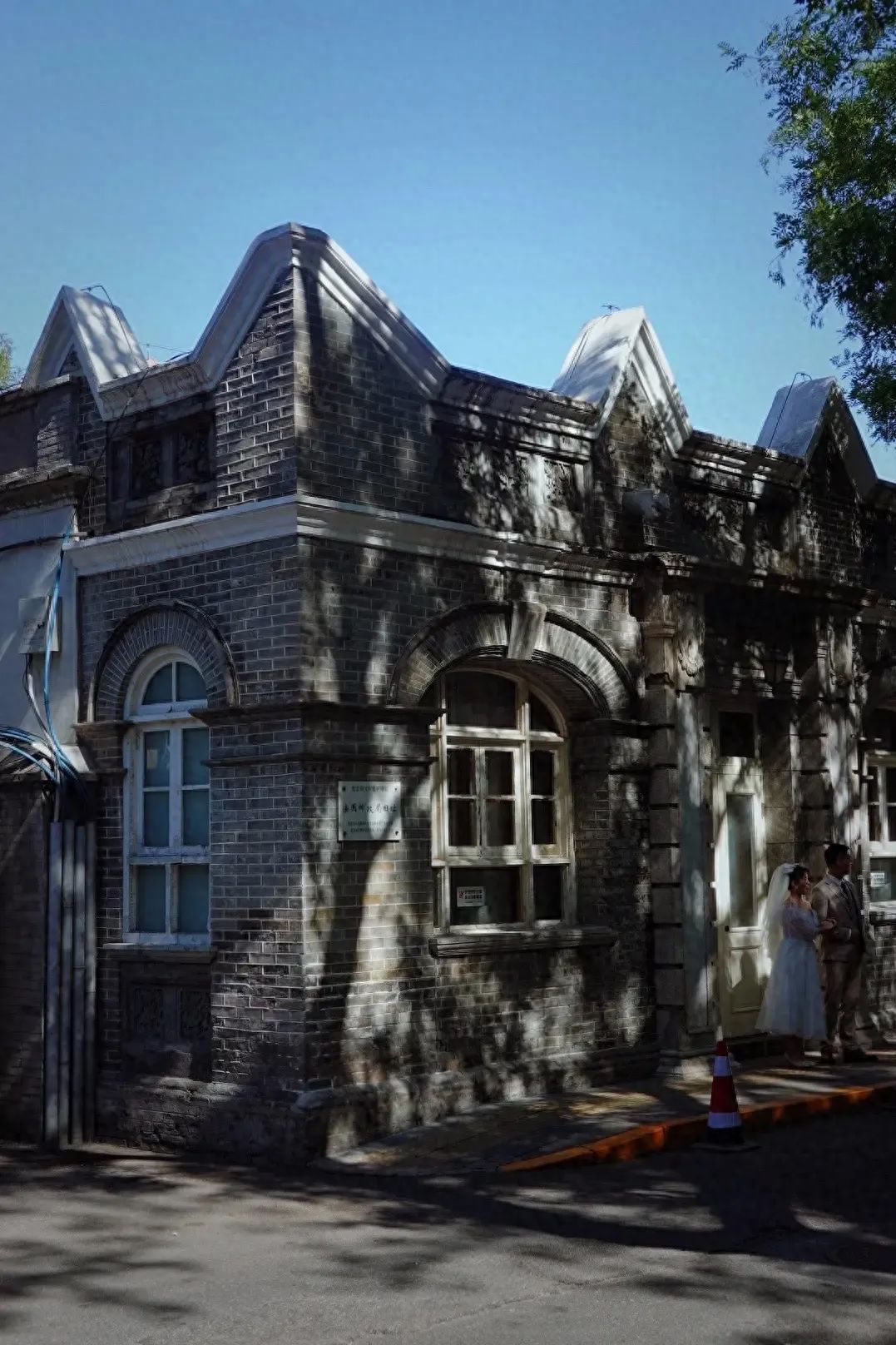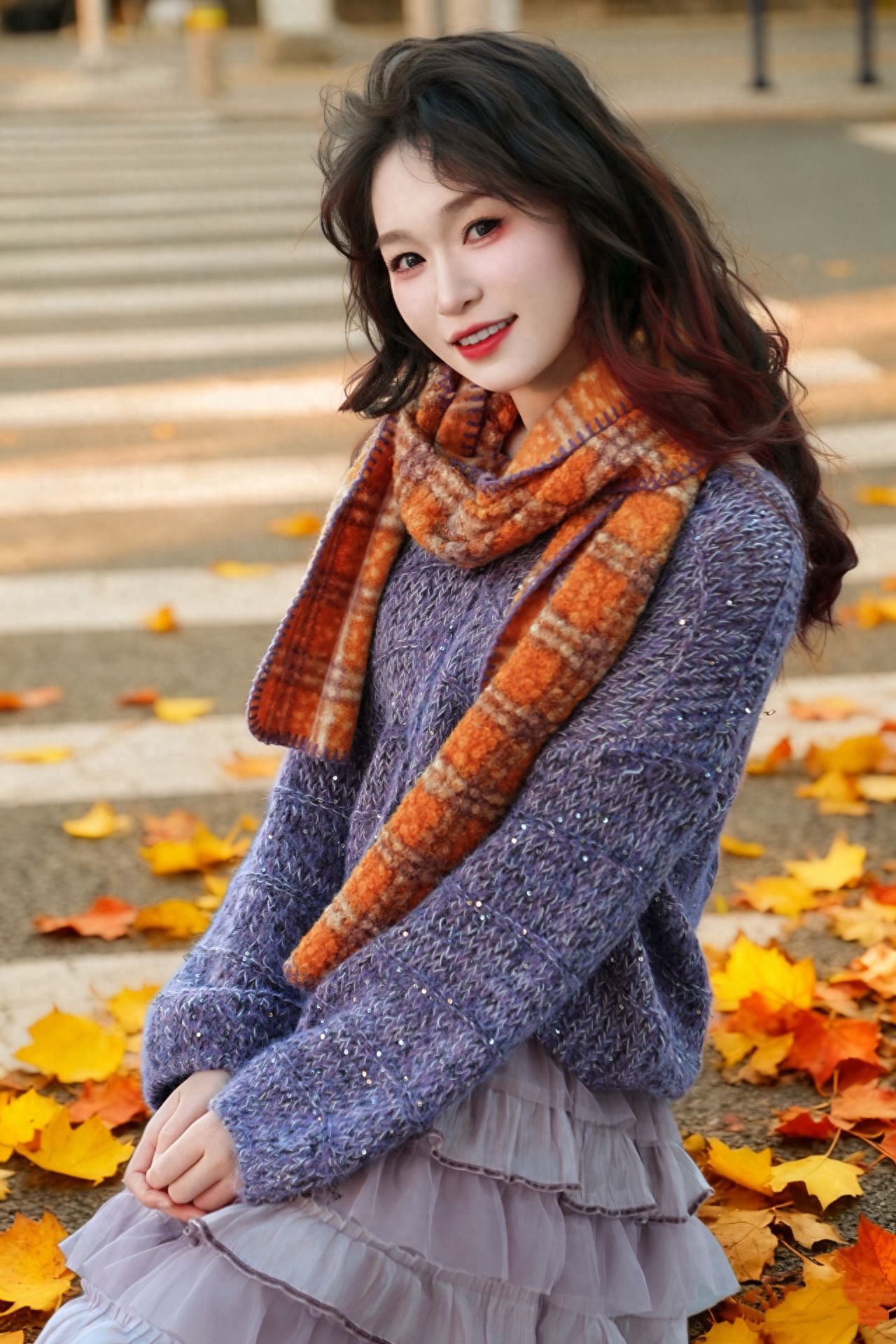
Dongjiaomin Alley – Photo with Road
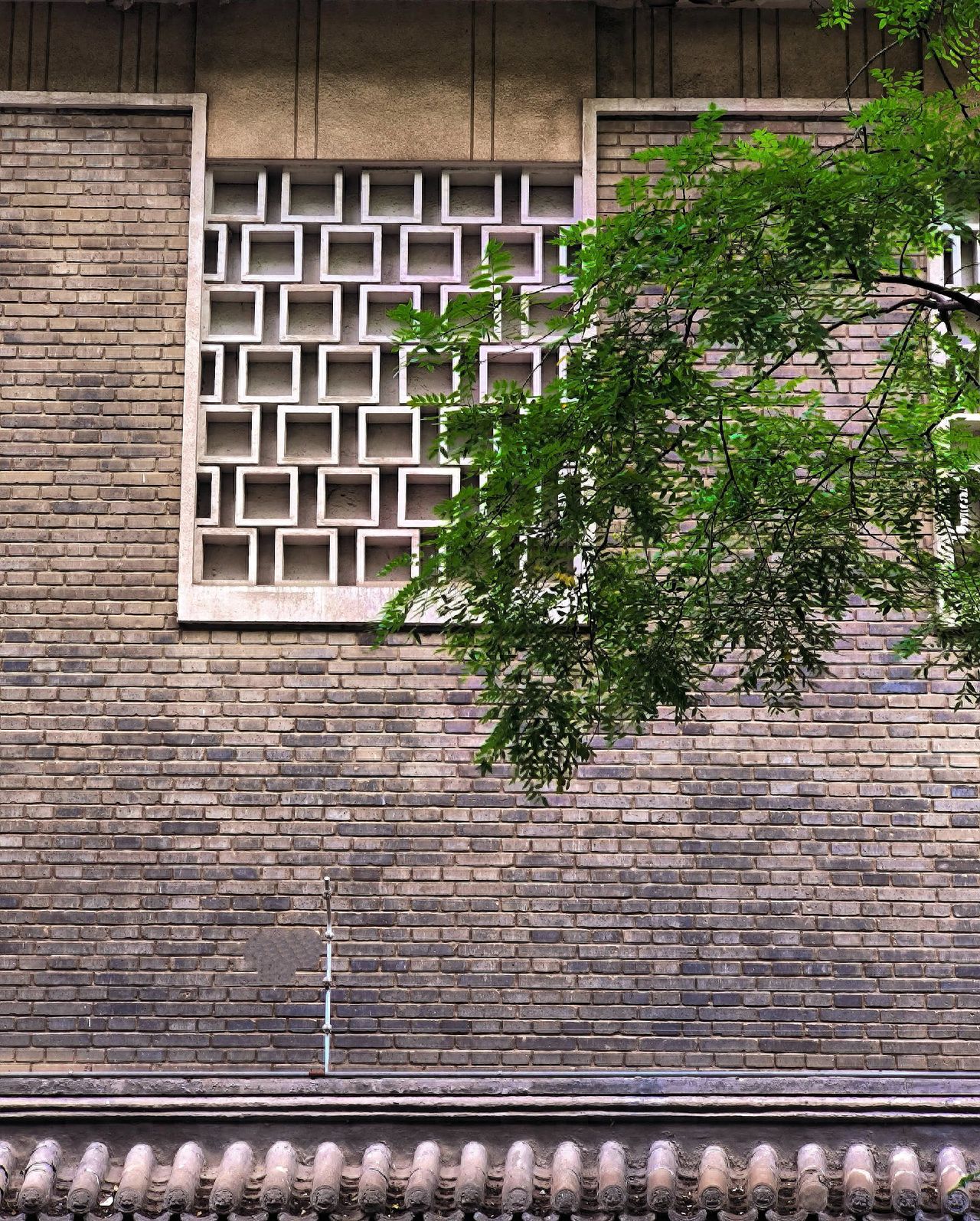
Dongjiaomin Lane – Brick Wall & Tree Branches Photo Spot
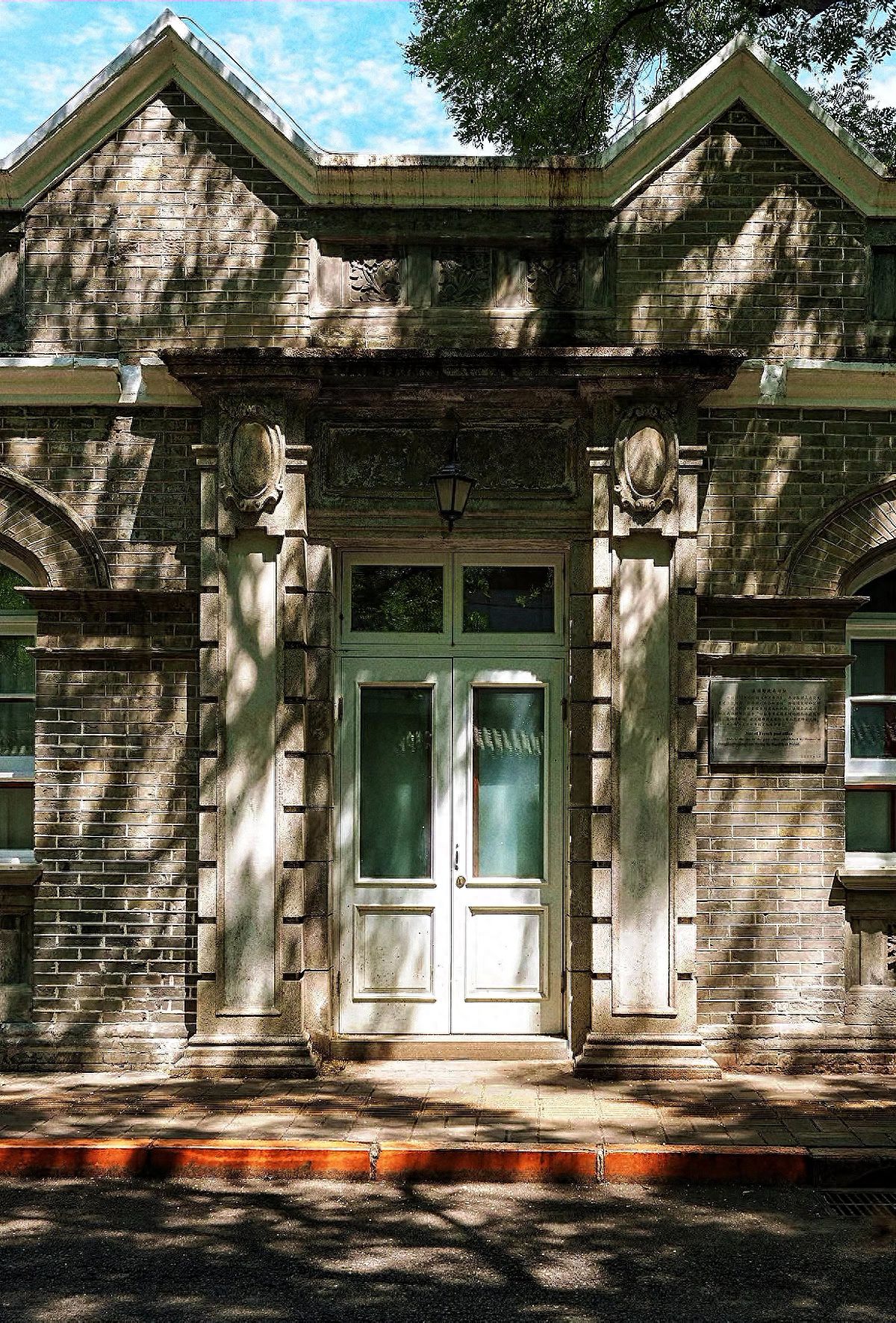
Dongjiaomin Alley – Former French Post Office Building

Dongjiaomin Alley – Photo with Gray Brick Arched Decorations
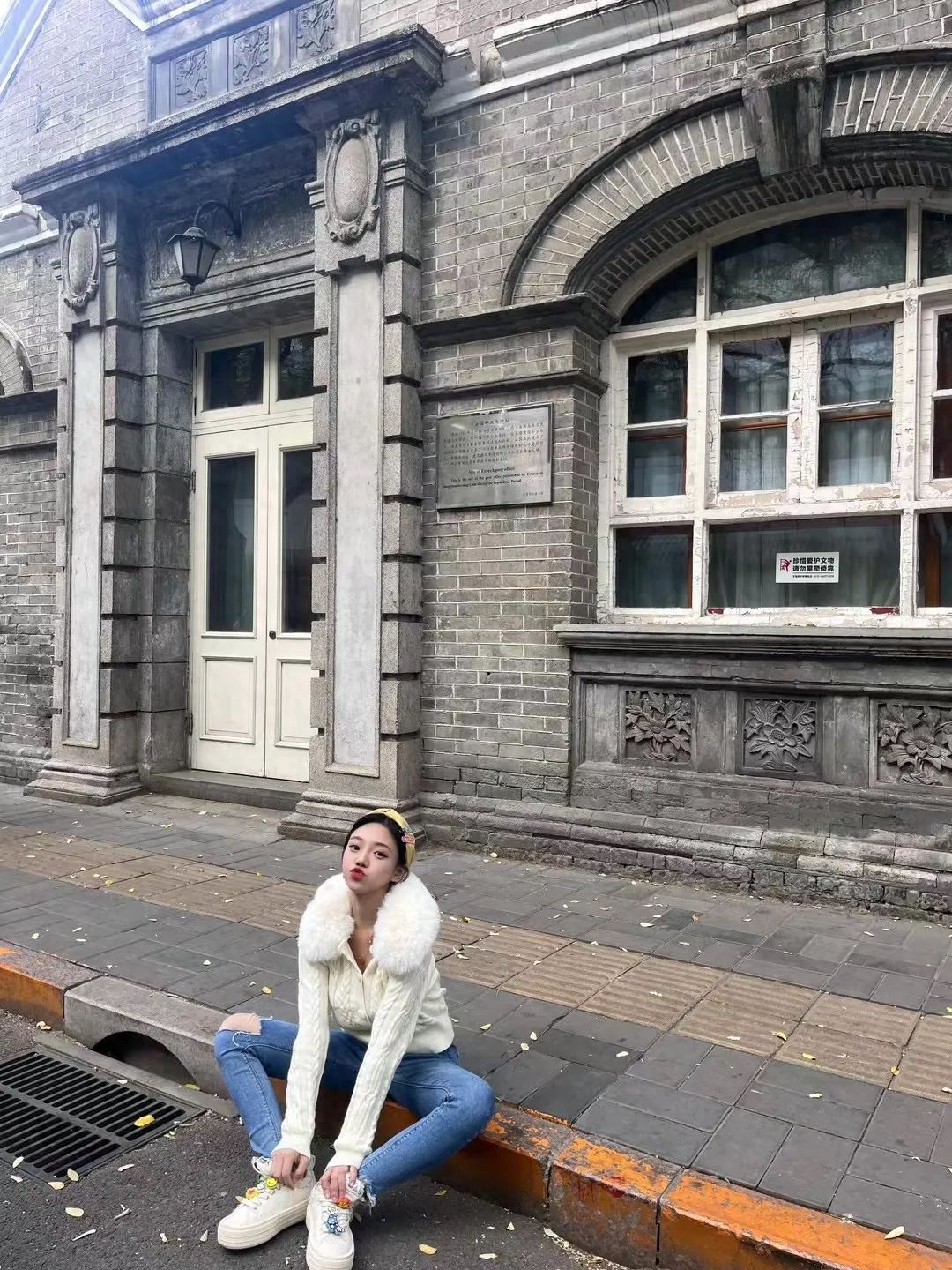
Photo with the former French Post Office at Dong Jiaomin Lane

Dongjiaomin Alley – Photo with Road Sign and Red Brick Wall

Beijing Dongjiaomin Alley – Church Entrance Gate and Stele

Dongjiaomin Alley – Dongjiaomin Alley Directional Sign

Dongjiaomin Alley – No. 23 Courtyard Orange-Red Brick Building and Iron Gate
